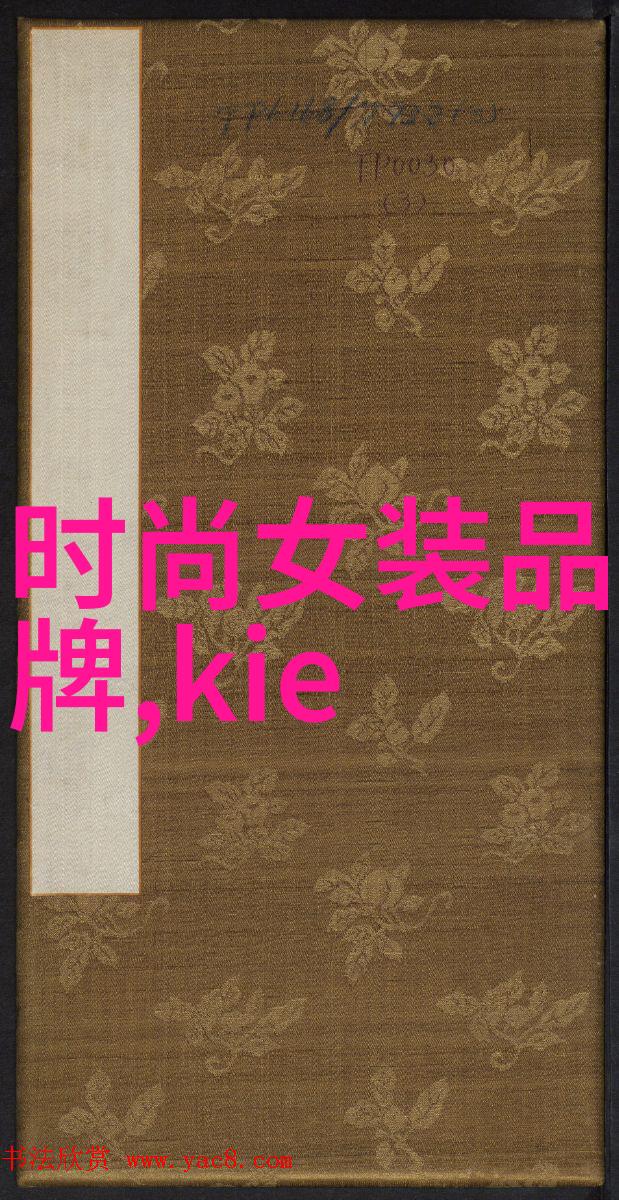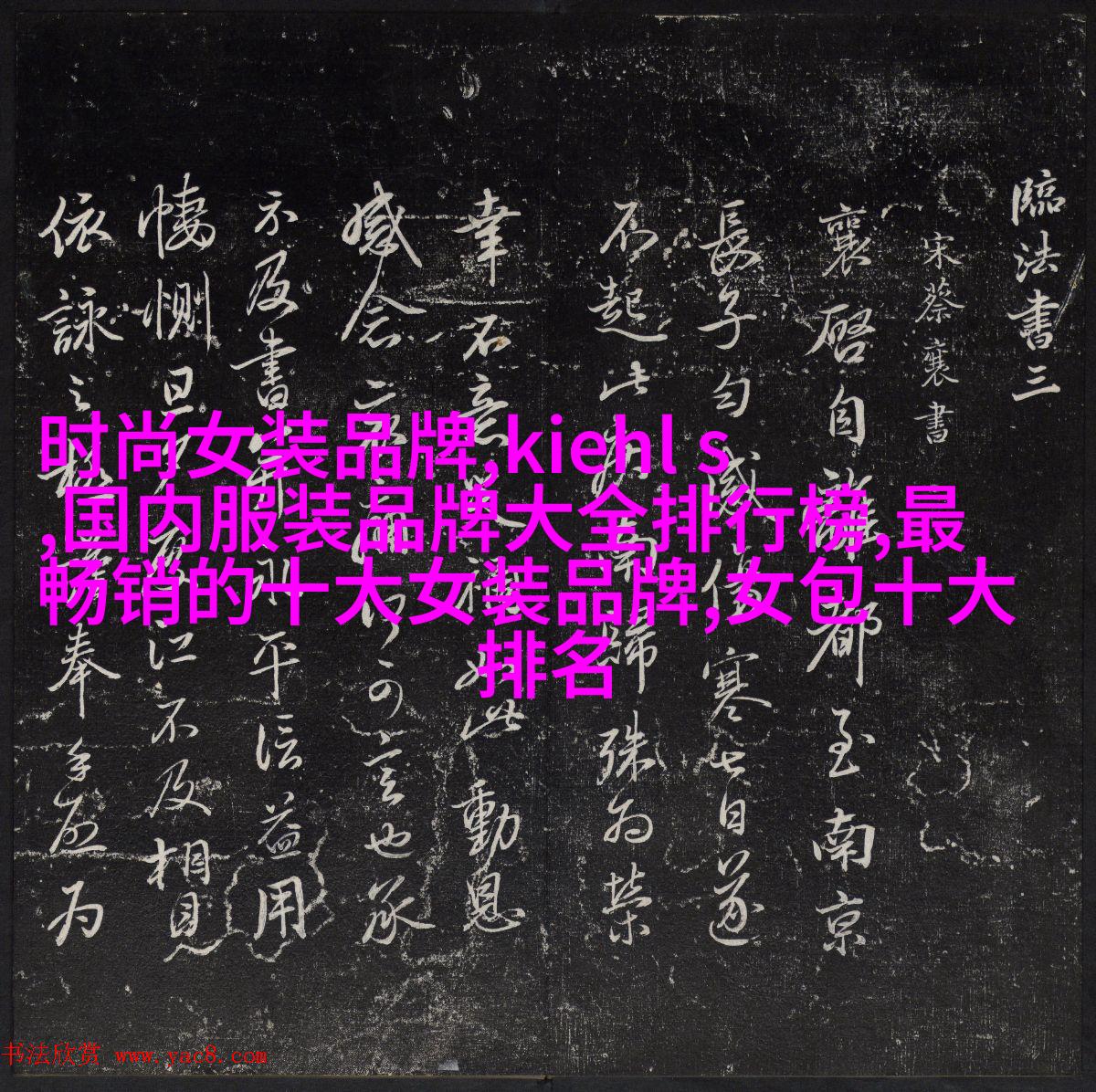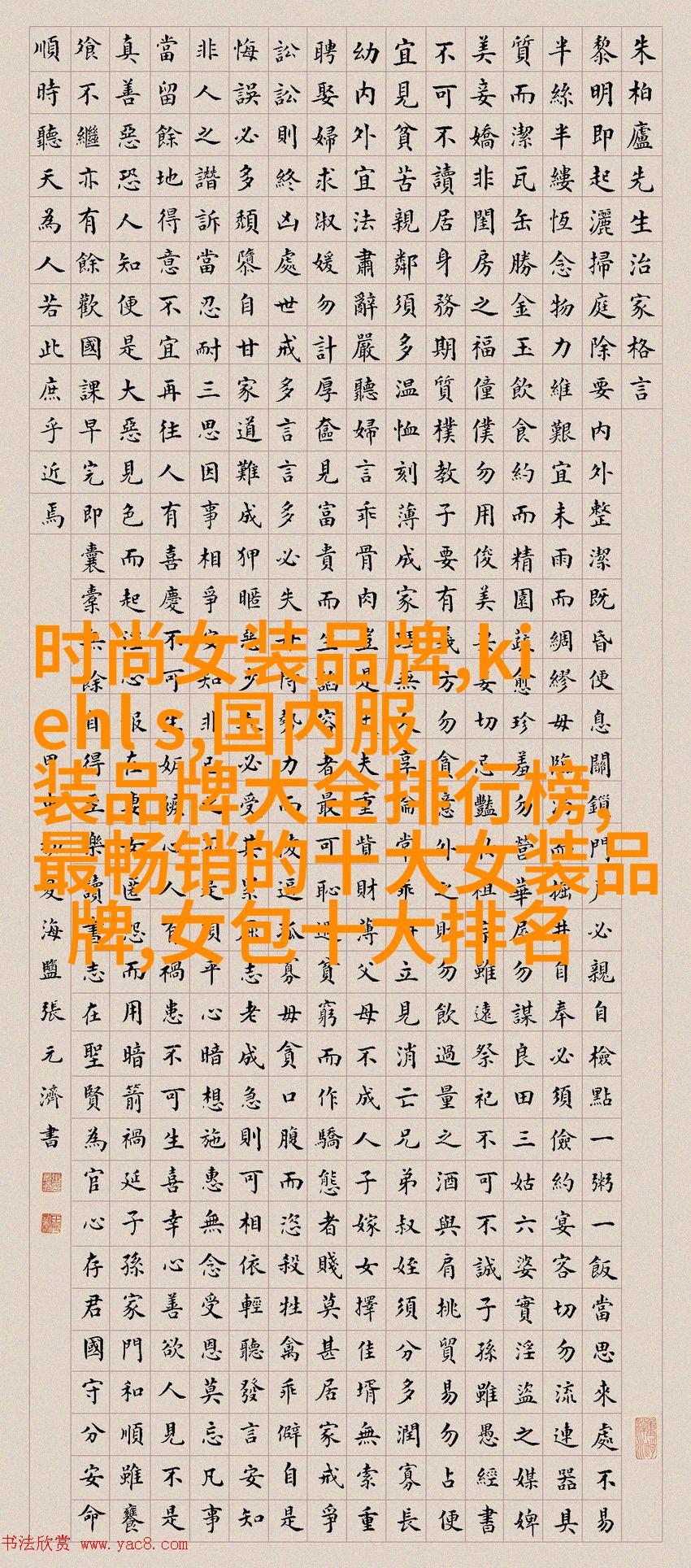节奏的断点staccato如何影响音乐的整体节奏感
在音乐中,节奏是构成音乐本质的一部分,它通过强弱、长短和连续性来塑造听众的情绪。其中,staccato作为一种特殊的动态效果,对于节奏感产生了深远的影响。在这篇文章中,我们将探讨staccato如何通过打断音符连续性的方式,改变整个乐曲或段落的节奏感觉。

首先,让我们简单介绍一下“staccato”这个词汇。这一术语来源于意大利语,其字面意思是“切割”的意思。在音乐理论上,staccatodefine为一系列简短且分开演唱或演奏的声音,这些声音之间通常会有一个明显的间隔,使得它们看起来像是被切割开来的。
staccato与其他动态效果

在讨论staccatos之前,我们需要了解它与其他常见动态效果之间的区别。legatoinstead of stacco, for example, refers to playing notes smoothly and without any separation between them. Legatoworks well when creating a flowing melody or when emphasizing the continuity of a musical line. On the other hand, stacatto creates a contrasting effect by interrupting the flow with brief pauses.
staccato in different instruments

Stacatos are not limited to vocal music; they can also be applied to various instrumental pieces. For instance, woodwind and brass players often use this technique to create percussive effects or add accents to their parts. In piano music, composers may instruct pianists to play certain notes with a short and detached touch using the wrist or fingers instead of pressing down on the keys continuously.
In stringed instruments like violin or guitar, playing with short bow strokes can produce an effective stacco sound that adds rhythmic interest and variety in phrasing. The use of pizzicati (plucking) strings is another way musicians incorporate this dynamic effect into their repertoire.

Stacattos in rhythmical patterns
One way that stacatos significantly impact overall rhythm is through its use as an accentuation device within rhythms themselves. By placing individual notes within a pattern at strategic points where they would naturally fall off-beat from one another's natural length durations — but still maintaining syncopation — musicians can make more complex rhythms feel more organic while avoiding monotony.

For example: if you were performing 4/4 time signature where each note lasts for four beats divided equally amongst four bars (1-2-3-4), you could break it up so every second beat falls on 2 & 3 respectively - adding tension through dissonance before resolving back into harmony again later on in bar three after releasing tension via consonance once we hit bar four).
Another approach involves applying uneven note lengths across measures combined with subtle variations between different sections within these same measurements - generating contrast among your own performance style which makes each piece unique from others presented hereunder our discussion today!
The power of such techniques lies primarily because it forces listeners' ears towards moments otherwise overlooked due solely reliance upon traditional methods employed during most performances typically experienced by audience members attending concerts etcetera., thus allowing artists greater creative freedom compared against standard practices seen commonly throughout history including both past decades ago as well as contemporary times too!